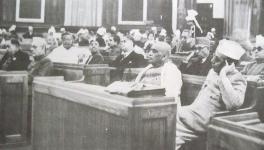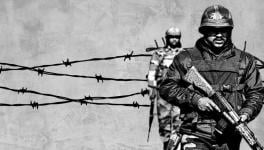Will the Army’s Strategic ‘Recalibration’ Heighten Tension in NE?
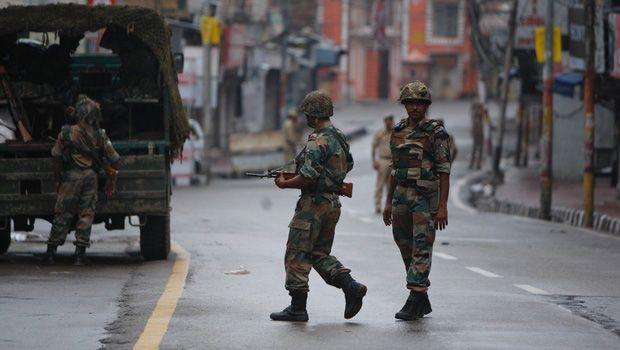
New Delhi: It has been reported that the Indian Army is planning to 'recalibrate' its strategy in the Northeast. This decision came after the Army claimed that its forces on the ground have become 'overly cautious' due to the Supreme Court decision on fake encounters in Manipur. The Army also claimed that the total number of Army and Assam Rifles personnel injured and killed in the Northeast in the last 20 years stands at 10,000. They have juxtaposed this figure with the Kargil conflict, which saw 527 killed and 1,363 injured.
On July 14 last year, the Supreme Court had delivered its judgement on a writ petition filed by the Extra Judicial Execution Victims’ Families Association (EEVFAM) – a civil society group in Manipur. The petitioners had listed over 1,500 alleged cases of 'fake encounters' perpetrated by the security forces operating in Manipur. The Court directed that Retired Supreme Court Justice Santosh Hegde conduct an inquiry into the allegations. Based on Justice Hegde's findings, the Court has directed the Central Bureau of Investigation (CBI) to look into the cases and file charge-sheets accordingly. The CBI has subsequently filed three charge-sheets.
Also read: Sanction, Prosecution, AFSPA and Victims
The CBI's charge-sheets, as predicted, have made many in the armed forces jittery as many high ranking officers may be implicated. The result is that there have been a slew of petitions filed in the Supreme Court by serving personnel, accusing the CBI of bias in investigation. Two notable instances involve the 3rd Corps Intelligence and Surveillance Unit (3-CISU), and a currently serving Colonel in the Mechanised Infantry Regiment.
Also read: The Limits Of ‘Killing In Good Faith’
The Army has claimed that they suffer unreasonably high casualties in counter-insurgency (COIN) operations. In an academic sense, insurgency is characterised by low-intensity conflict, which means engagements with the security forces are lesser, with few casualties in each attack.
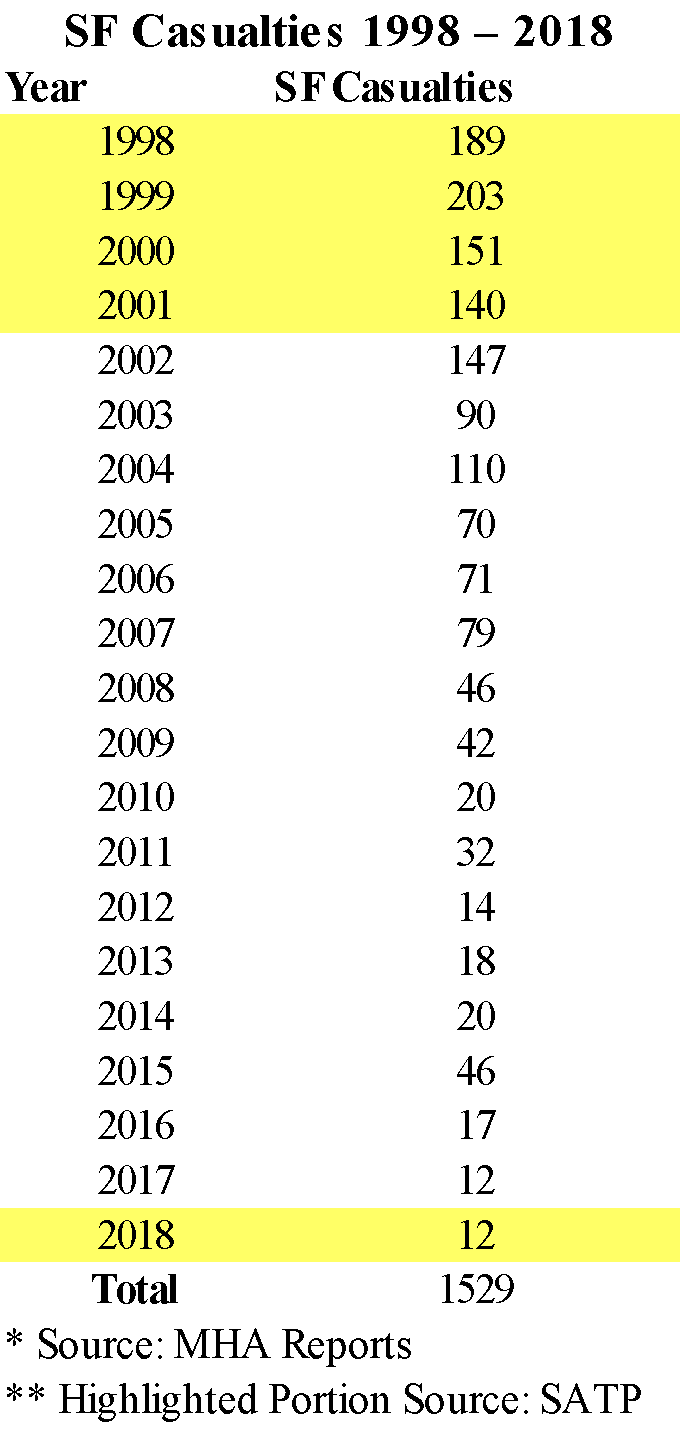
Considering the available data, the total number of casualties suffered by the security forces in COIN operations is a little higher than 1,500 over a 20-year period. This figure includes state police forces as well as central paramilitaries and Army personnel. In terms of injuries, even if one were to assume that all the casualties were suffered by the Army alone, it would still mean that around 8,500 personnel were injured. This figure can be contested as well considering that it is so high. However, if one were to map the casualties over the same period, it becomes apparent that the casualties suffered by security forces has been declining since 1998. Further, considering that the resources available to the state tend to be greater than what rebels can acquire, this trend is likely to continue.
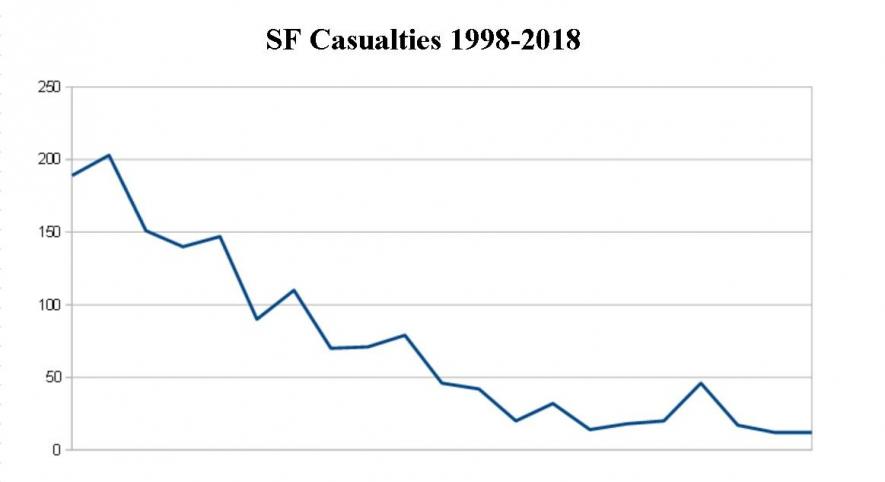
Therefore, the question now is what does the Army mean when they say they are going to 'recalibrate their strategy'? By claiming high casualties does the Army intend to take a harder position in COIN? If one were to consider the few successes India has achieved in COIN, one would have to look at Mizoram, Punjab and Tripura. Mizoram, in this context, is a unique case where secessionist insurgency ended with an accord through which autonomy was granted. However, in the case of both Punjab and Tripura, the main thrust was on policing rather than military operations. In both these cases, the police forces were the main actors, while the paramilitaries and the Army acted only as a subordinate force multiplier.
Also read: Nothing to Show: Three Years of the Framework Agreement
However, at the same time, it is also true that not all insurgencies follow the same trajectory. The Naga insurgency, for example, has throughout its history had a steady stream of support from the local populace. At present, it is probably waning, given that the peace talks have been ongoing for the past 20 years. In this context, one needs to wonder whether the Army's decision will impact the outcome of the peace talks.
Get the latest reports & analysis with people's perspective on Protests, movements & deep analytical videos, discussions of the current affairs in your Telegram app. Subscribe to NewsClick's Telegram channel & get Real-Time updates on stories, as they get published on our website.













